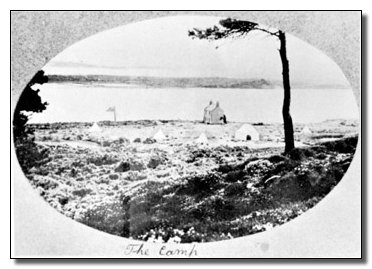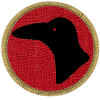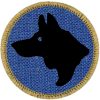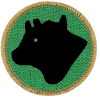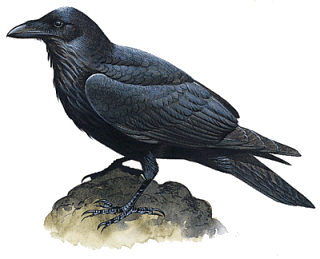| THE BIRDS |
|
|
|
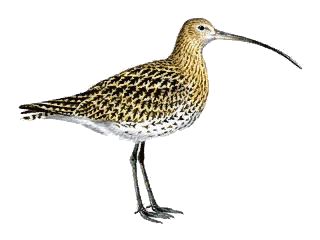 |
CURLEW
any of numerous medium-sized or large shorebirds belonging to the genus
Numenius (family Scolopacidae) and having a bill that is decurved, or sickle-shaped,
curving downward at the tip. There are eight species. Curlews are streaked,
gray or brown birds with long necks and fairly long legs. They breed inland
in temperate and sub-Arctic regions of the Northern Hemisphere and migrate
far south. During migration, they frequent dry uplands, where they feed
on insects and seeds; wintering birds occupy marshes and coastal mud flats,
where they probe for worms and fiddler crabs. Closely related to
the American Sandpiper. |
RAVEN
The common raven is a member of a family of birds known as the Corvidae,
which includes jays, crows, and magpies. The raven is found throughout
most of the Northern Hemisphere in many types of habitats. The range
up to 24" from beak to end of tail. The raven is the largest species of
songbird and largest all-black bird in the world. The raven can only be
confused with a hawk or crow. Ravens have large, stout bills, shaggy throat
feathers, and wedge-shaped tails, visible best when in flight . |
|
| THE BEASTS |
|
|
|
 |
WOLF
The wolf is the largest wild member of the Canidae family. It is an
ice age survivor originating around 300,000 years ago. The wolf shares
a common ancestry with the domestic dog. Wolves are typically predators
in the ecosystems they occupy. Wolves have thrived in temperate forests,
deserts, mountains, tundra, taiga, grasslands, and even urban areas.
Though once abundant over much of Eurasia and North America, the wolf
inhabits a very small portion of its former range because of widespread
destruction of its territory, human encroachment, and the resulting human-wolf
encounters that sparked broad extirpation. |
BULLS
A bull is a grown male of domestic cattle. Most cattle have unbranched
horns consisting of a horny layer surrounding a bone extension of the skull;
these horns, unlike those of deer, are not shed. Some cattle are naturally
hornless. Western, or European, domestic cattle are thought to be descended
mainly from the aurochs, a large European wild ox domesticated during the
Stone Age, extinct since 1627. A smaller species, the Celtic shorthorn,
was the most important domestic ox of the Stone Age. The zebu, or Indian
ox, is the humped domestic species of Asia and Africa. Domestic cattle
were first brought to the Western Hemisphere by Columbus on his second
voyage. |
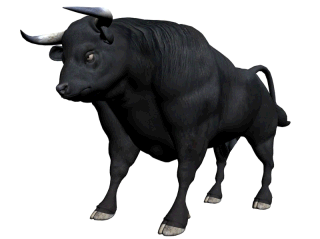
|
Why did Baden-Powell pick these particular birds and beasts? Because,
for thousands of years, they have connoted special traits and abilities.
The Raven stands for WISDOM. A raven looks like a crow but is much larger.
The reason it is considered wise goes back to the days when people of northern
Europe believed in a god called Odin. He had two ravens. Every morning
he sent them out in the world, and every night they returned to tell him
everything that had happened.
The Curlew stands for LOYALTY. It is a bird of lake and seashore, with
long legs and a long, curved bill. When a curlew is wounded by an animal
or a hunter, other curlews fly screaming over it to protect it and to warn
off other curlews.
The Bull stands for STRENGTH and DETERMINATION. When a bull has made
up its mind to do certain things, it moves ahead to do them against all
obstacles.
The Wolf stands for the SKILLS OF GOOD SCOUTING. The Indians used to
call their best scouts by the name of "wolf" because a wolf can roam through
the countryside seeing everything yet is seldom seen.
|
